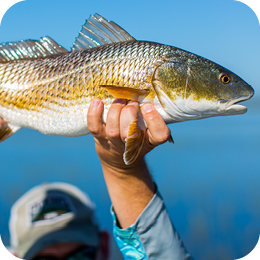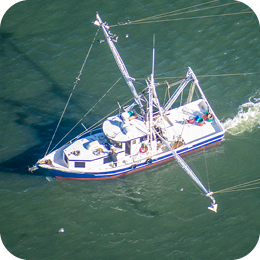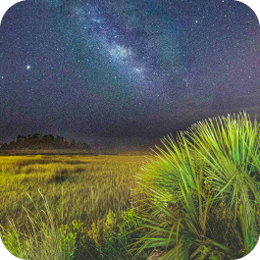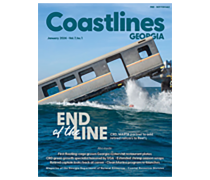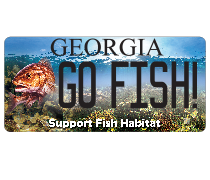This serves as notification from the Coastal Marshlands Protection Committee and the Georgia Department of Natural Resources of a request from the Georgia Department of Natural Resources (GADNR) Coastal Resources Division’s (CRD) Marine Fisheries Section for a modification to the Coastal Marshlands Protection Act (CMPA) permit #682 under Official Code of Georgia (O.C.G.A.) 12-5-280 et seq., to enhance 15 existing artificial reefs sites at multiple locations within the inshore area of coastal Georgia. The proposed project is a modification of CMPA permit #682, and therefore may be considered a minor alteration of coastal marshlands under O.C.G.A. 12-5-280 et. seq.
CMPA Permit #682 was granted on June 21, 2013 to GADNR-CRD for the enhancement and maintenance of 15 inshore artificial reefs. The existing reef sites include: Half Moon River, Romerly Marsh Creek (Joe’s Cut), and Ogeechee River in Chatham County; Bear River in Bryan County; Van Dyke Creek and Timmons River in Liberty County; Four-Mile Island and High Point in McIntosh County; Troupe Creek, Jove Creek, Henry Vassa Cate (Twin Sisters), Little River, and Jekyll Island Pier in Glynn County; and Mud Creek and Stafford Island in Camden County. The material authorized under this permit includes 3’ x 3’ x 3-5’ PVC/concrete Fish Aggregation Devices (FADs), 3-5’ x 3-5’ reef balls and reef ball pyramids. Devices also include concrete and plastic culvert pipes, and 4’ x 5’ x 8’ metal wire cages. Existing signs are located at each site to warn boaters of the submerged material. Additional signs are added to sites as needed. Each site is located adjacent to upland properties owned by the State of Georgia or local municipalities.
The applicant proposes to modify the existing permit to include natural materials as well as additional manmade materials. The natural material would include but would not be limited to shell materials, such as clam and oyster shell, and rock, such as limestone and granite. The manmade material would include but not be limited to designed materials, such as pallet/reef balls and FAD units; concrete, such as pallet balls, FAD units, oyster balls, concrete pyramids, culverts, pilings transmission line poles and bases, and concrete rubble; culvert materials such as concrete and plastic (PVC and HDPE) culverts; rubble which would consist of concrete material cleaned to EPA standards and free of rebar and toxins; Polyvinyl chloride (PVC) used as a component of the FAD units; metal such as bridge supports and similar heavy metal, Poultry Transport Cage (PTCs) (~8’L x 4’ W x 4’ H), FADs, metal culverts, metal transport totes, and other metal forms.
The applicant will provide staff with specific location, distance from navigational channels, depth and width of waterways, the specific method of restoration/enhancement that will be utilized, and the total square footage of impact of each individual project footprint for approval prior to installation.
All projects will be in the subtidal or intertidal zone and there will be no fixed structures, floats, or structural pilings associated with these projects. There will be no upland component to any of the proposed project sites.
It is the responsibility of the applicant to demonstrate that the project is not contrary to the public interest and that no feasible alternative sites exist. Impacts to coastal marshlands must be minimal in size. In passing upon the application for permit, the Coastal Marshlands Protection Committee shall consider the public interest: (1) Whether or not unreasonably harmful obstruction to or alteration of the natural flow of navigational water within the affected area will arise as a result of the proposal; (2) Whether or not unreasonably harmful or increased erosion, shoaling of channels, or stagnant areas of water will be created; and (3) Whether or not the granting of a permit and the completion of the applicants proposal will unreasonably interfere with the conservation of fish, shrimp, oysters, crabs, clams, or other marine life, wildlife, or other resources, including but not limited to water and oxygen supply.
Please provide this office with substantive, site-specific comments as to why the proposed work should or should not proceed. Comments and questions concerning this proposed project should be submitted in writing and be submitted by the close of business on June 2, 2018 to Jordan Dodson, Department of Natural Resources, One Conservation Way, Brunswick, Georgia 31520 or to jordan.dodson@dnr.ga.gov.
Click here for Project Application
 An official website of the State of Georgia.
An official website of the State of Georgia.



